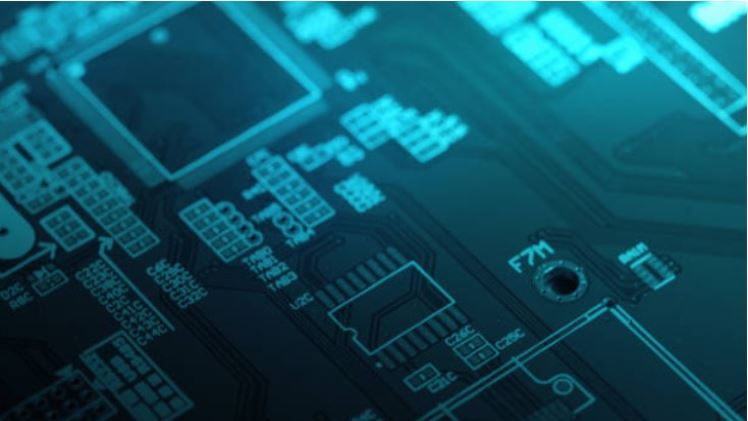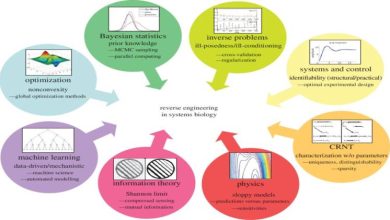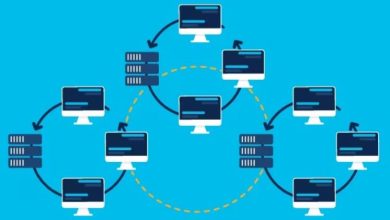Navigating the Silicon Labyrinth: A Guide to Integrated Circuit Architecture

In the labyrinthine world of technology, integrated circuits (ICs) stand as the backbone of modern electronics, fueling everything from smartphones to supercomputers. Understanding their architecture is akin to deciphering the intricate maze of silicon pathways that power our digital age. This guide serves as your beacon through the silicon labyrinth, shedding light on the intricate architecture that underpins our digital infrastructure.
Understanding Integrated Circuits
Integrated circuits, often referred to as microchips or simply ICs, are marvels of modern engineering. They are miniaturized electronic circuits that incorporate multiple components, such as transistors, resistors, and capacitors, onto a single semiconductor substrate. This consolidation enables complex functionality within a compact footprint, making ICs the building blocks of virtually all electronic devices.
The Evolution of Integrated Circuits
- Early Developments: Integrated circuitry emerged in the late 1950s and early 1960s, pioneered by luminaries like Jack Kilby and Robert Noyce. These early ic components suppliers were rudimentary compared to today’s standards, consisting of a few transistors interconnected on a semiconductor wafer.
- Moore’s Law: Gordon Moore, co-founder of Intel, observed that the number of transistors on a microchip doubled approximately every two years. This observation, known as Moore’s Law, has been the driving force behind the relentless miniaturization and performance improvement of integrated circuits.
- Advancements: Over the decades, advancements in semiconductor manufacturing processes have enabled the integration of billions of transistors onto a single chip. This exponential growth in transistor density has fueled the proliferation of powerful computing devices and the emergence of new technologies.
Anatomy of Integrated Circuit Architecture
Understanding the architecture of integrated circuits is fundamental to comprehending their operation and capabilities. At its core, an IC comprises several key components, each playing a crucial role in its functionality.
Components of Integrated Circuits
- Transistors: Transistors serve as the fundamental building blocks of integrated circuits, acting as switches or amplifiers for electronic signals. Modern ICs employ millions or even billions of transistors, densely packed to maximize computational power and efficiency.
- Interconnects: Interconnects are the pathways that facilitate communication between different components within the integrated circuit. These metallic traces, typically made of materials like copper, form the intricate wiring network that links transistors, capacitors, and other circuit elements.
- Die: The die of an integrated circuit refers to the semiconductor substrate on which the circuit components are fabricated. It serves as the foundation upon which the entire integrated circuit supplier is built, providing structural support and electrical connectivity.
- Packaging: Once the integrated circuit is fabricated on the semiconductor wafer, it undergoes packaging, wherein it is encapsulated within a protective housing. This packaging shields the IC from environmental factors and facilitates its integration into electronic devices.
Types of Integrated Circuit Architectures
- Digital Integrated Circuits: Digital ICs process binary data using logic gates, flip-flops, and other digital circuitry. They are ubiquitous in computing devices, ranging from microprocessors and memory chips to programmable logic controllers.
- Analog Integrated Circuits: Analog ICs operate on continuous signals, processing variables such as voltage, current, and frequency. They find application in audio amplifiers, sensors, and communication systems, where precise signal processing is essential.
- Mixed-Signal Integrated Circuits: Mixed-signal ICs integrate both analog and digital circuitry on a single chip, enabling seamless interaction between digital and analog domains. They are prevalent in applications such as data conversion, signal processing, and power management.
Fabrication Process of Integrated Circuits
The fabrication of integrated circuits is a meticulously orchestrated process that involves multiple stages of design, lithography, and semiconductor manufacturing. Understanding this process provides insight into the precision and complexity involved in producing modern ICs.
Semiconductor Manufacturing Steps
- Design: The IC design process entails the creation of a schematic layout and a corresponding integrated circuit layout. Design engineers utilize computer-aided design (CAD) tools to model the circuitry and optimize its performance parameters.
- Photolithography: Photolithography is a key step in semiconductor manufacturing, wherein a photosensitive resist is applied to the semiconductor wafer. Ultraviolet light is then used to transfer the circuit pattern onto the wafer, defining the locations of transistors, interconnects, and other components.
- Etching and Deposition: Etching processes selectively remove material from the semiconductor wafer, delineating the desired circuit patterns. Deposition techniques then deposit thin films of conductive and insulating materials onto the wafer, forming the interconnects and dielectric layers of the integrated circuit.
- Doping and Annealing: Doping involves the introduction of impurities into the semiconductor substrate to modify its electrical properties. Annealing processes then heat the wafer to activate the dopants and anneal any defects, ensuring optimal device performance.
- Testing and Packaging: Once the integrated circuits are fabricated, they undergo rigorous testing to ensure functionality and reliability. Defective chips are identified and discarded, while functional chips are packaged into final form factors suitable for integration into electronic systems.
Conclusion
In conclusion, navigating the silicon labyrinth of integrated circuit architecture requires a blend of technical expertise, creativity, and innovation. As we venture deeper into the digital frontier, understanding the intricacies of IC design and fabrication becomes ever more crucial. By embracing emerging technologies and harnessing the power of integration, we unlock new possibilities and reshape the landscape of modern electronics.



